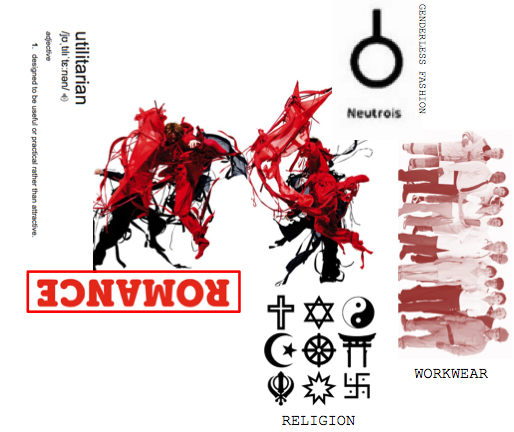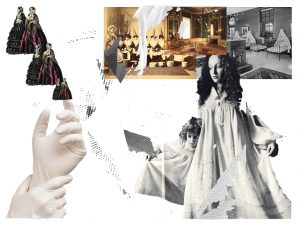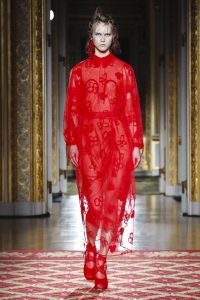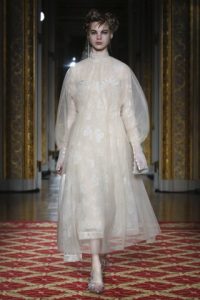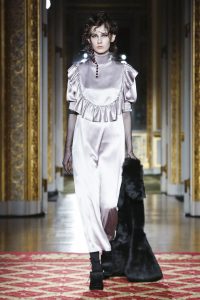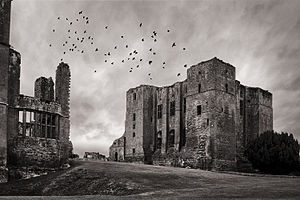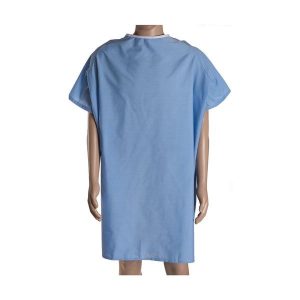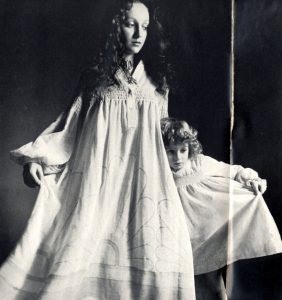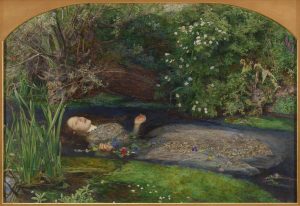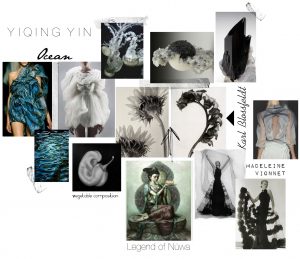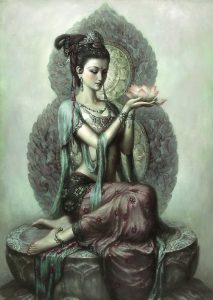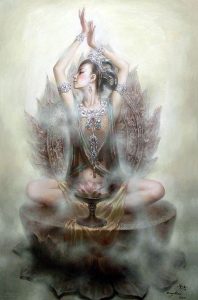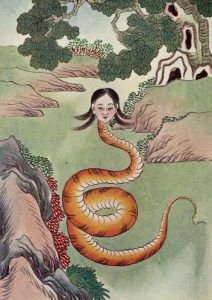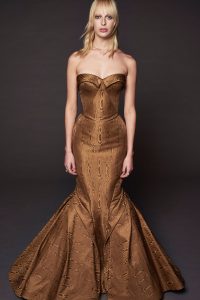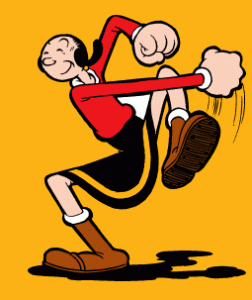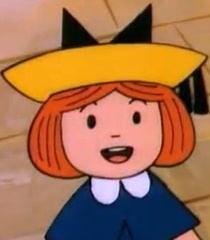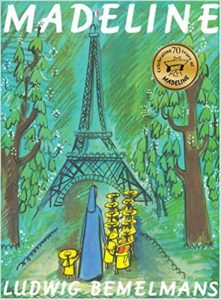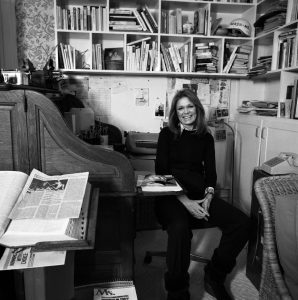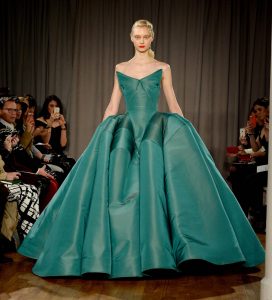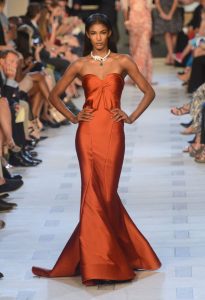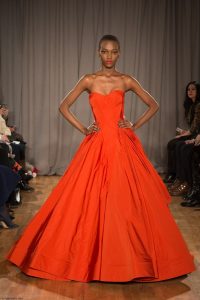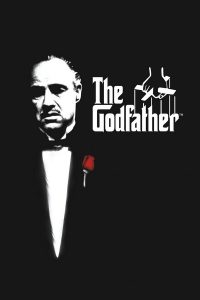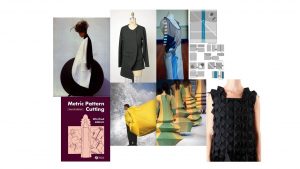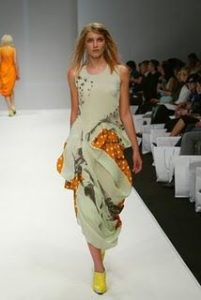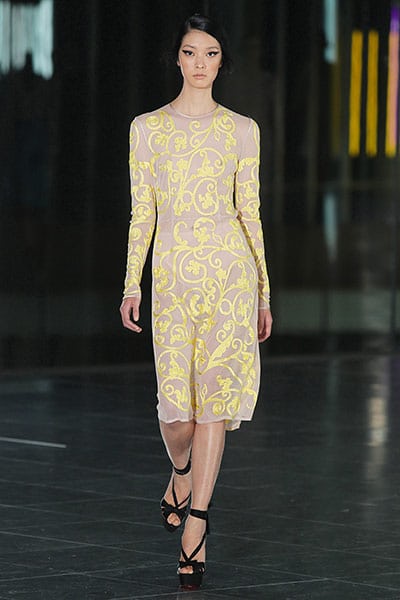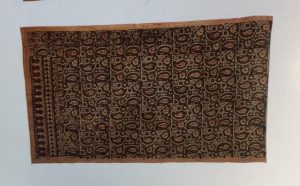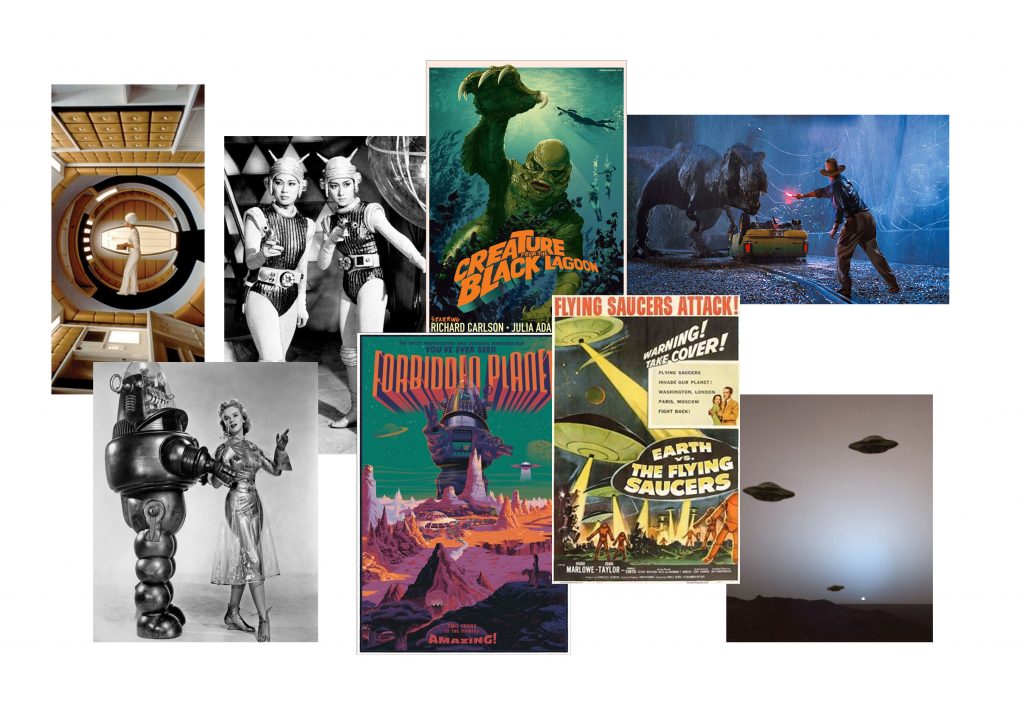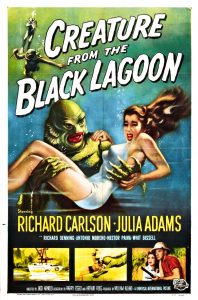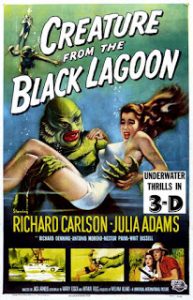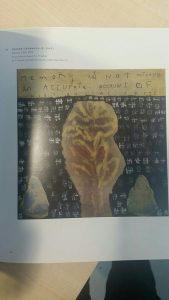
Contributors – Adamson, Glenn; Lee Alter, Linda; Burko, Diane; Chave, Anna; Cozzolino, Robert; Gardner-Huggett, Joanna; Haveman, Anna; Herzog, Melanie Anne; Mileaf, Janine; Moriuchi, Mey-Yen; Throckmorton, Jodi; Wallace, Michelle – The Female Gaze: Women artists making their world – published 2012 – published by the Pennsylvania Academy of Fine Arts, Philadelphia
Website – Stanford encyclopaedia of philosophy – Michaelian, Kourken and Sutton, John – Available from: plato.stanford.edu/entries/memory – April 24, 2017
News article – Tran, Cindy – published 2017 – Woman, 27, who can recall everyday of her life – DailyMail – issued 24 April
My theme throughout this research is memory and it’s qualities. The book I chose clearly states that memory is not an accurate recollection of historical events. Which I then researched further and found that there are in fact different types of memory that each human could possess. I understand that sometimes the human brain can trick itself into believing something was there that wasn’t or something happened that didn’t within their memories. However, it counteracts the fact that history books and facts were sometimes written by memory. It is not to be assumed that everything was recorded immediately until much more recent times. It is true that by now, people of newer generations would have proved or disproved said historical events but if they were proved right does that not mean that the original discovery, written from memory, was an accurate account?
To oppose my original picture from the book in a more drastic way, I found an article of a woman who remembers everything that has happened to her since she was 12 days old. Which is a rare condition that only 80 people in the world have called Highly Superior Autobiographical Memory. She shared that she had the ability to remember unnecessary details like what she wore or what she ate or what the weather was like.
Considering memory as being somewhat of an unstable thing, I think it’s unfair to believe that it’s a completely inaccurate account of historical events. Even though, having an autobiographical memory is rare, people without the condition can still recall events as precisely as is necessary.
By Monique Olowu
